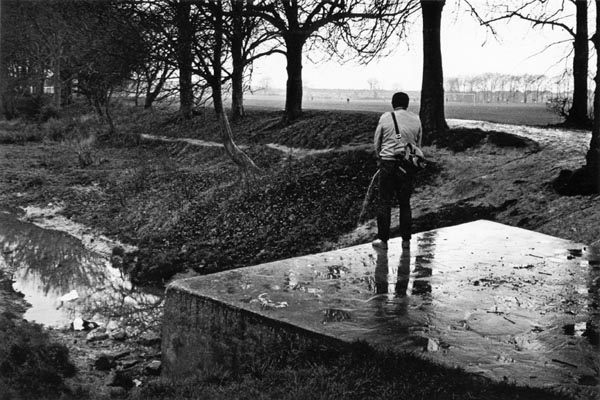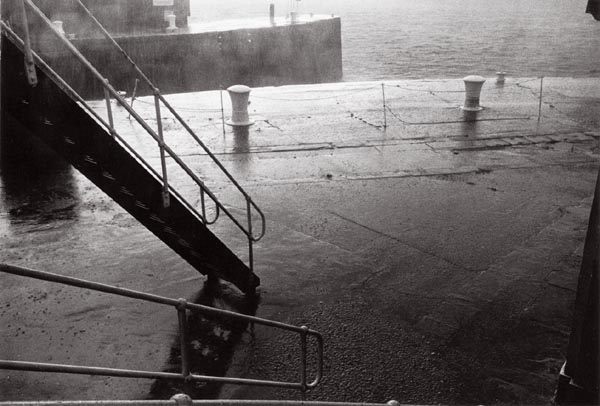Here is the text of an e-mail I received today, which I will quote anonymously – but otherwise in full:
—————————————————————————–
Hi in regard to you site as above, did you realise the pciture of the source of the river has a man who looks like he is relieving himself!! There is an issue of something wet and his arms are held in front, was this deliberate or have you not noticed?! OR is it yourself??
I’m not sure it is appropriate if on purpose, and if not the picture should have been checked!!
Would have been nice if the rubbish was cleared before taking the photograph too!
——————————————————————————
The site in question was named in the subject line. Its full title looks like something like this:
The Lea Valley
London’s Second River – The River Lea (or Lee)
from source to mouth – including the London 2012 Olympic site – photographed by Peter Marshall
and the second picture on the page is:

33d56: The source of the River Lea, Leagrave, near Luton, Bedfordshire.
December 1982.TL 061 248
and is captioned as shown.
What kind of a world does my correspondent live in if he is in any doubt about what this picture shows, or somehow thinks that I might have not noticed what this guy, a few feet from me and the central point of the picture, is doing?
Had Bernard, shown here, informed me of his intentions in advance I might have got the exposure a little better, as the picture is a pig to print, and, before the advent of Photoshop, did need a little ferri to bring out its finer points.
Given the way the stream emerges – or at least did in 1982 – through a grille at the bottom of this concrete block looking far more like a sewage outfall than a sparkling rivulet, his gesture seemed appropriate. As too did the rubbish, which as a matter of good documentary ethics I would not have dreamed of touching,
I don’t often use potassium ferricyanide on prints, but applied on the tip of a fine sable brush here it made the smaller of the two streams stand out more clearly and impressively, leaving I thought no doubt as to what is was. Sometimes our work needs a little help in small ways like this, and so long as what we do is entirely in keeping with the spirit of the event I don’t think it matters.
More often I retouched prints to hide the accidents of photography – dust and scratches, but also occasionally to remove white spots that were actually present in the image. Unless I’m doing a feature on pigeons, then I have no qualms about removing or dulling down the evidence of their existence where it interfered with the reading of the image.
Entirely by fortunate coincidence, it was also pissing down when I started from the Thames at the other end of my journey along the Lea, though this time it was the heavens that had opened rather than Bernard’s fly:

33f33: Regents Canal Dock entrance to River Thames during torrential rain,
October 1982. TQ 363 808
I haven’t finished my Lea Valley web site, although there are a large number of my images on it already, starting from around 1981, and including much of my recent work, but with at the moment around a ten year gap in the middle. At the moment a significant part of the area is about to be radically changed into a giant building site, the location of the London 2012 Olympics, with the loss of significant wildlife habitats (and ironically, sporting facilities including one of London’s largest cycling centres, miles of angling along river and canal and various football and other sports pitches) along with the allotments mentioned here previously.
My pictures do give a good idea of what the area is like and things – both good and bad – that will be lost. I hope to continue photographing the Lea Valley – and my web site – to give an idea of how things have changed in the legacy of the games long after they finish.
Peter Marshall